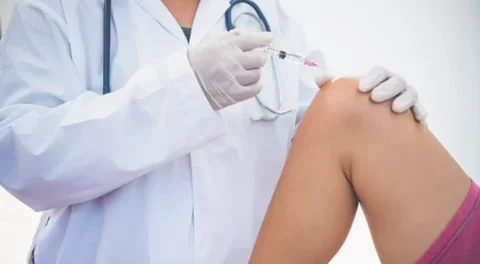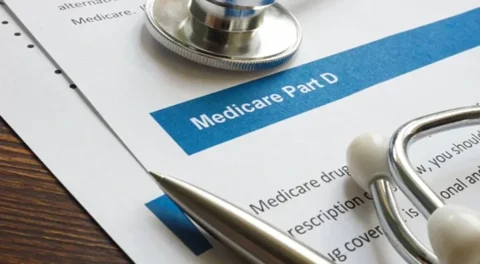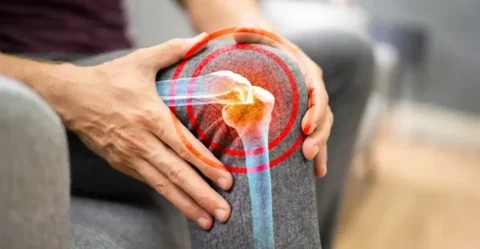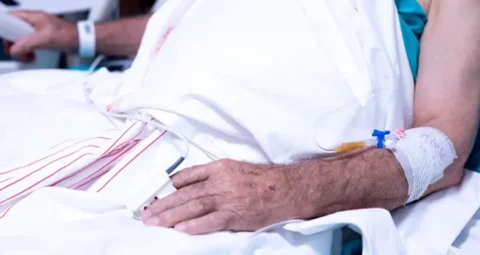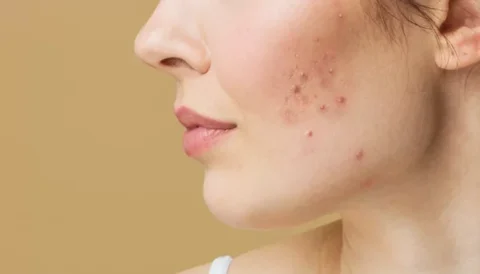PRP or platelet-rich plasma treatments are often used to treat joints, ligaments, and tendon injuries but have recently been adapted to also treat types of hair loss conditions like pattern hair loss and androgenic alopecia. By taking the platelet-rich plasma for the blood of each individual patient, PRP therapy injects rich plasma containing several growth factors into the patient’s scalp, promoting hair follicles to enter the active phase of hair growth and prevent hair shedding in turn. While platelet-rich plasma is usually used to treat medical conditions like androgenic alopecia, clinical trials have been conducted to see if platelet-rich plasma could be used to treat other types of hair loss including hair loss due to radiation or chemotherapy.
So can PRP platelet-rich plasma treat hair loss due to radiation? With the current evidence available, the short answer is yes. According to a study on patients suffering from a radiation-induced hair loss condition, platelet-rich plasma was an effective treatment that induced hair growth. Results from the study showed that PRP therapy allowed certain amounts of hair to regenerate and regrow after being exposed to radiation. The study’s findings on cell regeneration for the scalp and hair growth after radiation is promising and could be a viable treatment for patients undergoing different types of radiation therapy.
Using PRP Therapy to Treat Signs of Hair Loss From Radiation
Platelet-rich plasma therapy has been used as a treatment for hair loss for a few years now and has shown great results in its effectiveness against different forms of hair loss. Today, it’s possible that PRP therapy could be used to treat radiation-induced hair loss at several hair loss clinics around the country.
What PRP therapy does is provide rich plasma and growth factors to areas that have experienced injury or trauma to jumpstart the body’s natural healing process. In this case, that would be the trauma and damage caused by radiation to the hair follicle and scalp.
With the boost in growth factors and healing process to your scalp, any damage to your hair follicle tissues will be gradually repaired, thus allowing for scalp hair regrowth and prevention of hair loss as well.
While PRP therapy does have the potential to treat hair loss caused by radiation, there are a few things that could affect the effectiveness of the treatment as a whole. Platelet-rich plasma therapy makes use of the platelet-rich plasma found within the patient’s own blood. On a regular basis, this means that platelet concentrations and growth factor concentrations vary from person to person.
If you have just gone through multiple radiation therapy or chemotherapy sessions, it’s quite possible that you have a lower platelet count than others which could lower the effectiveness rate of the platelet-rich plasma solution. Low platelets are often found in leukemia patients but in general, radiation shouldn’t affect your platelet levels too much.
Platelet-Rich Plasma Therapy After Radiation Therapy
It’s no secret that radiation can cause varying degrees of hair loss ranging from hair shedding to patchy hair loss to even permanent hair loss. If you’re looking for possible ways to treat your hair loss condition, following radiation PRP therapy could be a great option and treatment as it targets the issue from a cellular level.
While radiation does cause hair loss, it has been said that it’s possible for your hair to grow back naturally 3 to 6 months after your last radiation session, and not require any further treatment. However, if you see no signs of your hair growing back during this time, you may want to ask your doctor if PRP therapy could potentially boost hair growth and be a viable option for you.
1) Consultation With Your Doctor About Hair Loss and Your Medical Condition
Depending on how aggressive your medical condition and radiation therapy sessions were, your doctor may or may not suggest you have PRP therapy. While it’s a generally safe procedure, effects from radiation or your medical condition may require you to wait a few months before having the treatment. To be sure, please consult your doctor and inform them of your medical history.
2) Collecting Blood Samples
Once you are given clearance to have PRP therapy, your doctor will need to draw blood to be used in the procedure. Usually taken from the arm, your doctor will draw anywhere between 30 mL to 60 mL of blood to be used for the platelet-rich plasma solution. All in all this part of the procedure should only take 10 minutes and be relatively pain-free.
3) Isolating the Platelet-Rich Plasma
After drawing the blood sample, it will be placed into a centrifuge to separate the different components found in your blood. By having the centrifuge machine separate the components by density, it’s able to isolate the platelet-rich plasma from your blood. While this may sound like a tedious process, it should only take 10 minutes. The platelet-rich plasma solution will then be ready to be injected.
4) Injecting The Scalp With Platelet-Rich Plasma Solution
Before injecting the solution on your scalp, the injection site will have to be sanitized to reduce the risk of injection and numbed to limit any discomfort from the needles. Once your doctor has applied the numbing agent to your scalp, the solution can be administered. The whole session may require more or fewer shots depending on how significant the hair loss is.
5) Gradual Results and Booster Sessions
While you may be expecting an immediate improvement to your hair loss condition and hair regrowth to appear after one session, it will take the course of 3 to 4 sessions to see the full benefits of PRP therapy on hair growth. Each session can be scheduled 4 to 6 weeks apart to allow adequate recovery time to the treatment area.
If results aren’t appearing after your 4th session, you may ask your doctor if an additional session will help or if other treatment options should be explored. While PRP therapy requires booster sessions every year to treat genetic hair loss, it’s possible that radiation-induced type of hair loss will need minimal booster sessions if any at all.
Purchase PEP Factor For Scalp Rejuvenation At FACE Med Store
While PRP therapy could be a great treatment to treat the type of hair loss caused by radiation, it might not be the ideal solution for radiation and chemotherapy patients. PEP Factors offers scalp rejuvenation through a topical formulation that integrates light technologies with basic fibroblast growth factor (bFGF) and copper peptides to improve the appearance of hair.
Within as little as 2 to 4 weeks, patients may see visible improvements to their hair condition and scalp after just a few treatment sessions of PEP Factor. Get back your thick and healthy hair with PEP Factor from FACE Med Store. Get in touch with us to know more about the PEP Factor product line and other treatments you might be looking for.

